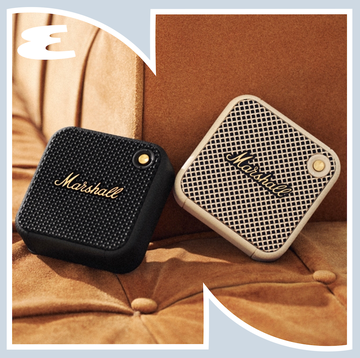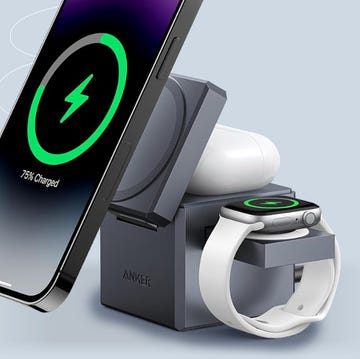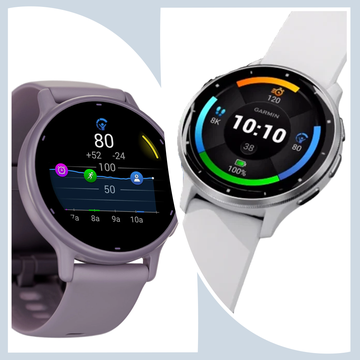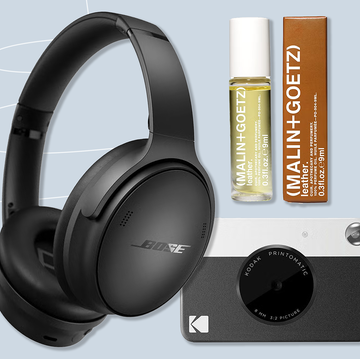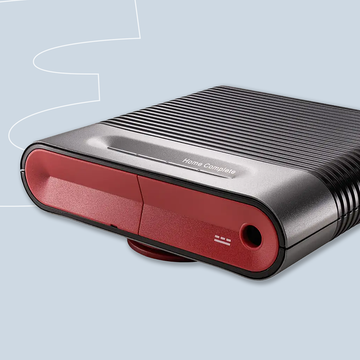6 Best TV Brands—Tested and Reviewed by the Esquire Editors
Buy one of these and you won't need another one for a long time.
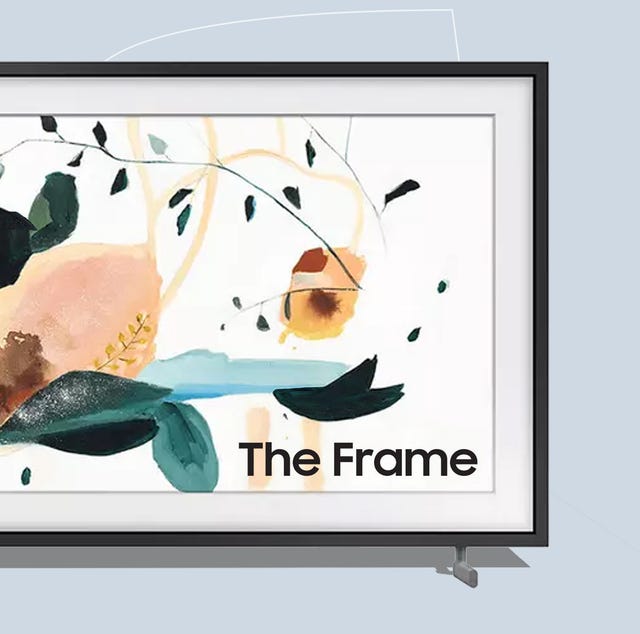
Every product was carefully curated by an Esquire editor. We may earn a commission from these links. Here’s how we test products and why you should trust us.
When did buying a TV get so complicated? HD, UHD, 4K, 8K, OLED, QLED, mini LED, dimming, local dimming! Shut up! Genuine innovation gets paired with inconsistent brand-specific marketing, and now the whole process is maddeningly complex.
Why can't it be like buying headphones or speakers or a computer, where there are well-established systems for deeming something good or bad? TVs are actually similar to buying vacuums, which we've already discussed in insane depth. All this tech is marketed as being different, but the results are really all similar. There are a million different abbreviations to know and innovations to keep up with.
To help everyone understand it all better, here are a few very brief, very general need-to-know terms. What is QLED? What is OLED? What is 4k? What is the difference between any of these TVs? Well...
LCD: Liquid Crystal Display. The most common type of TV (which includes QLED). A backlight shines through a panel of Liquid Crystal making the colors more refined and clear.
QLED: Popularized by Samsung, the Liquid Crystal panel of LCD is replaced with a quantum-dot panel. This innovation gives TVs brighter, more lifelike color images.
OLED: A distinctly different class of TV. (Organic Light Emitting Diode) Every single pixel creates its own light. There is no liquid or quantum-dot panel, only a shit ton of little lights. The contrast on these TVs is better than what came before it. But the colors are not significantly nicer, and the price is a lot higher.
4K and 8K: These are resolutions, with specific reference to the width of the TV. 4K TVs are 3,840 pixels wide. 8K are 7,680 pixels wide. 8K is better than 4K, and both are better than old HD.
Those are the differentiating factors among TVs. Anything else varies from brand to brand. So as a service to you, we went ahead and tested all the TVs out there to tell you which ones are really worth the money at every price point. From Samsung to Vizio, we've tried and reviewed 4K TVs from all major brands. These six companies made the best TVs.
Watch Next

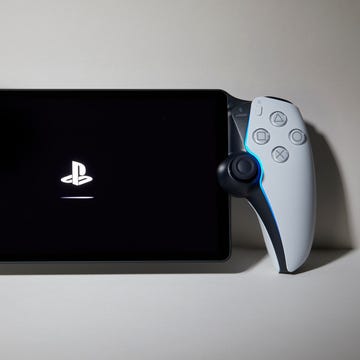
Sony PlayStation Portal Review

The 4 Smart Rings for Ultimate Health Tracking

5 Best Instant Cameras for 2024
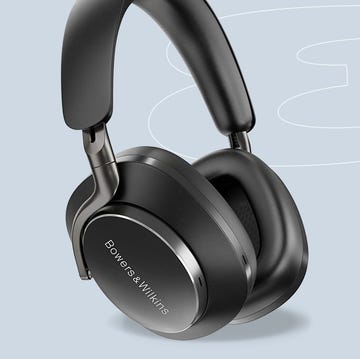
The 7 Best Over-Ear Headphones Money Can Buy








